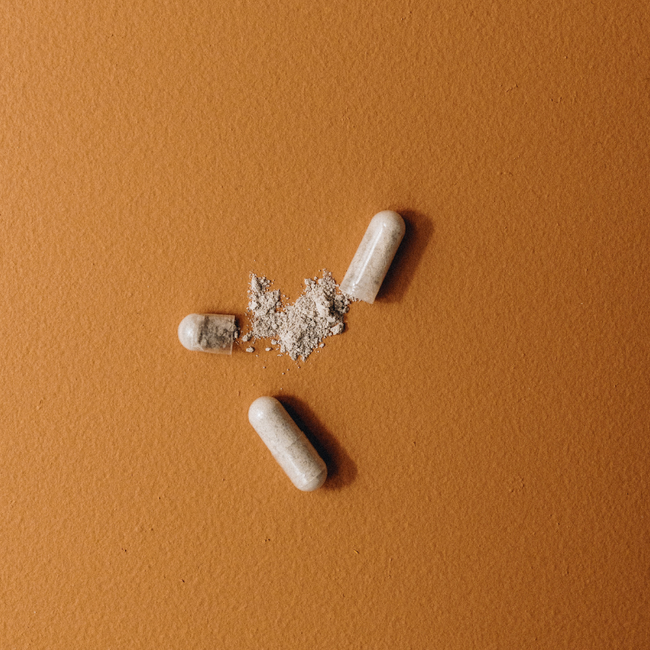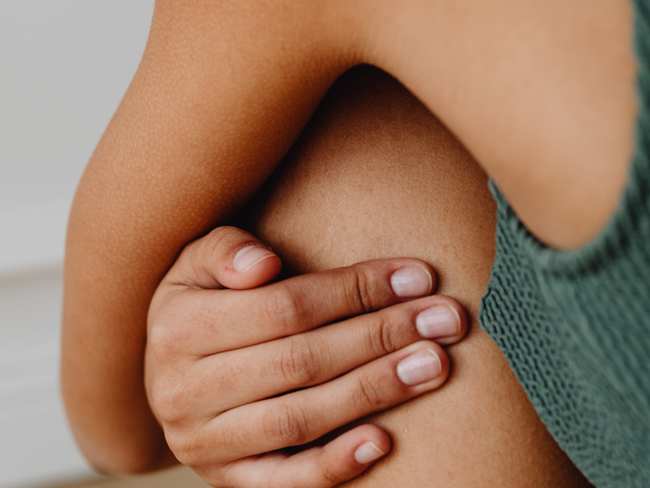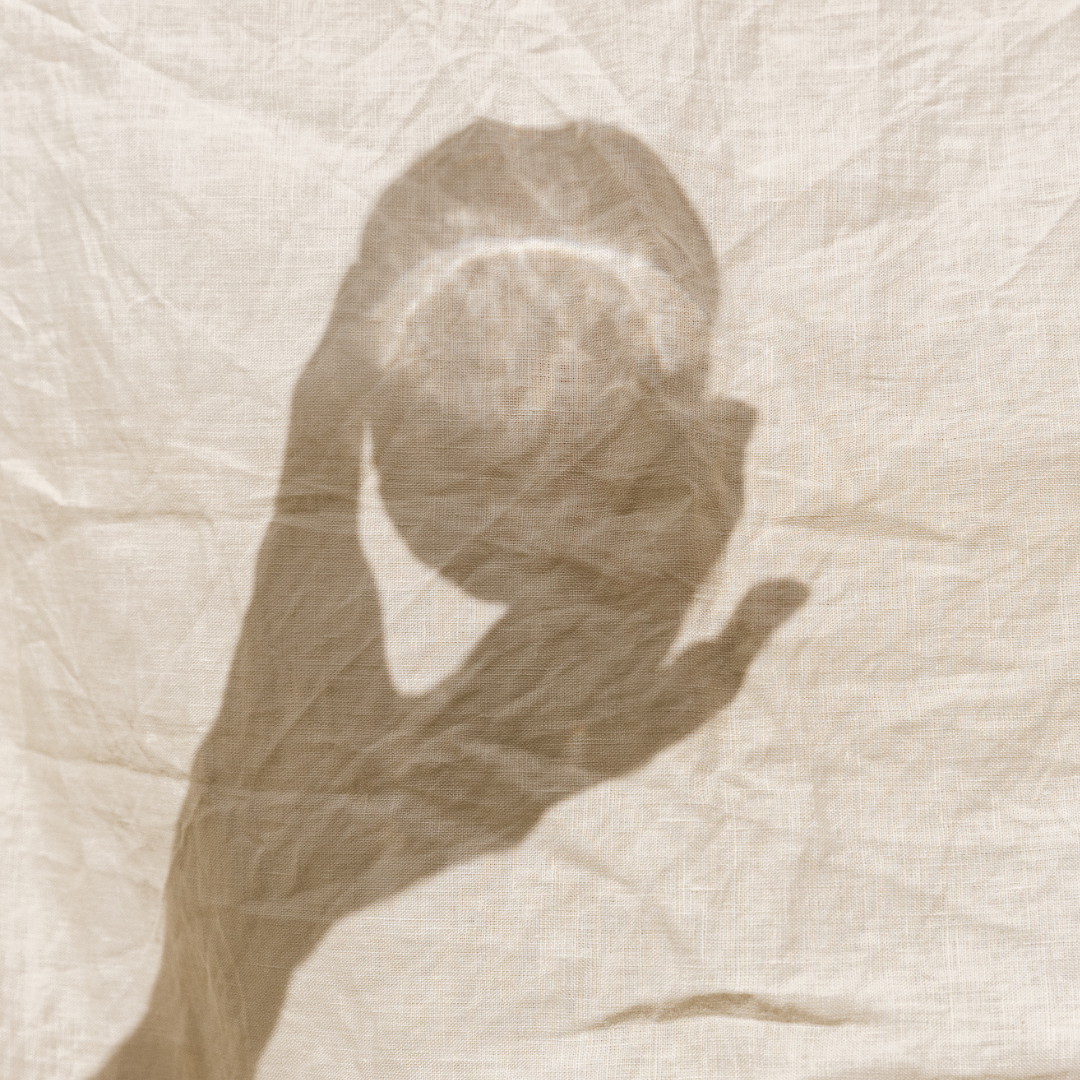L. crispatus :
[1] Grattepanche, Astrid Cécile Emma. « Probiotiques gynécologiques en officine », s. d.
[2] Mändar, R., G. Sõerunurk, J. Štšepetova, I. Smidt, T. Rööp, S. Kõljalg, M. Saare, et al. « Impact of Lactobacillus Crispatus-Containing Oral and Vaginal Probiotics on Vaginal Health: A Randomised Double-Blind Placebo Controlled Clinical Trial », 14 avril 2023. https://doi.org/10.3920/BM2022.0091.
[3] Gudnadottir, Unnur, Justine W. Debelius, Juan Du, Luisa W. Hugerth, Hanna Danielsson, Ina Schuppe-Koistinen, Emma Fransson, et Nele Brusselaers. « The Vaginal Microbiome and the Risk of Preterm Birth: A Systematic Review and Network Meta-Analysis ». Scientific Reports 12, no 1 (13 mai 2022): 7926. https://doi.org/10.1038/s41598-022-12007-9.
L. rhamnosus :
[1] Slykerman, R. F., F. Hood, K. Wickens, J. M. D. Thompson, C. Barthow, R. Murphy, J. Kang, et al. « Effect of Lactobacillus Rhamnosus HN001 in Pregnancy on Postpartum Symptoms of Depression and Anxiety: A Randomised Double-Blind Placebo-Controlled Trial ». EBioMedicine 24 (octobre 2017): 159‑65. https://doi.org/10.1016/j.ebiom.2017.09.013.
[2] Ho, Ming, Yin-Yi Chang, Wei-Chun Chang, Hung-Chih Lin, Mei-Hung Wang, Wu-Chou Lin, et Tsan-Hung Chiu. « Oral Lactobacillus rhamnosus GR-1 and Lactobacillus reuteri RC-14 to reduce Group B Streptococcus colonization in pregnant women: A randomized controlled trial ». Taiwanese Journal of Obstetrics and Gynecology 55, no 4 (1 août 2016): 515‑18. https://doi.org/10.1016/j.tjog.2016.06.003.
B.longum subsp. infantis :
[1] Sabaté, Jean-Marc, et Franck Iglicki. « Effect of Bifidobacterium Longum 35624 on Disease Severity and Quality of Life in Patients with Irritable Bowel Syndrome ». World Journal of Gastroenterology 28, no 7 (21 février 2022): 732. https://doi.org/10.3748/wjg.v28.i7.732.
[2] Solovyeva et al. « Long-term probiotic administration for irritable bowel syndrome: a legal need ». Terapevticheskii arkhiv 95, no 8 (11 octobre 2023): 679‑85. https://doi.org/10.26442/00403660.2023.08.202378.
Chardon-marie :
[1] Houlihan, Jane, Timothy Kropp, Richard Wiles, Sean Gray, et Chris Campbell. « Body Burden : The Pollution in Newborns », 14 juillet 2005. https://www.ewg.org/research/body-burden-pollution-newborns.
[2] Valková, Veronika, Hana Ďúranová, Jana Bilčíková, et Miroslav Habán. « MILK THISTLE (SILYBUM MARIANUM): A VALUABLE MEDICINAL PLANT WITH SEVERAL THERAPEUTIC PURPOSES ». Journal of Microbiology, Biotechnology and Food Sciences 9, no 4 (3 février 2020): 836‑43. https://doi.org/10.15414/jmbfs.2020.9.4.836-843.
[3] Khatri, Deepa, Sumit Bahadur Baruwal Chhetri, et Hari Prasad Devkota. « Silybum Marianum (L.) Gaertn.: Traditional Uses, Phytochemistry, and Pharmacological Activities ». In Medicinal Plants of the Asteraceae Family: Traditional Uses, Phytochemistry and Pharmacological Activities, édité par Hari Prasad Devkota et Tariq Aftab, 213‑30. Singapore: Springer Nature, 2022. https://doi.org/10.1007/978-981-19-6080-2_13.
[4] European Medicines Agency. « Assessment report on Silybum marianum (L.) Gaertn., fructus », 5 juin 2018.
[5] Elateeq, Ahmed Abdelfattah, Yanfang Sun, Winston Nxumalo, et Ahmed M.M. Gabr. « Biotechnological Production of Silymarin in Silybum Marianum L.: A Review ». Biocatalysis and Agricultural Biotechnology 29 (octobre 2020): 101775. https://doi.org/10.1016/j.bcab.2020.101775.
[6] Surai, Peter F. « Silymarin as a Natural Antioxidant: An Overview of the Current Evidence and Perspectives ». Antioxidants 4, no 1 (mars 2015): 204‑47. https://doi.org/10.3390/antiox4010204.
Pissenlit :
[1] Molani-Gol, Roghayeh, Azadeh Dehghani, et Maryam Rafraf. « Effects of Curcumin/Turmeric Supplementation on the Liver Enzymes, Lipid Profiles, Glycemic Index, and Anthropometric Indices in Non-Alcoholic Fatty Liver Patients: An Umbrella Meta-Analysis ». Phytotherapy Research 38, no 2 (2024): 539‑55. https://doi.org/10.1002/ptr.8051.
[2] Di Napoli, Agnese, et Pietro Zucchetti. « A Comprehensive Review of the Benefits of Taraxacum Officinale on Human Health ». Bulletin of the National Research Centre 45, no 1 (9 juin 2021): 110. https://doi.org/10.1186/s42269-021-00567-1.
[3] Mahboubi, Mohaddese, et Mona Mahboubi. « Hepatoprotection by Dandelion (Taraxacum Officinale) and Mechanisms ». Asian Pacific Journal of Tropical Biomedicine 10, no 1 (janvier 2020): 1. https://doi.org/10.4103/2221-1691.273081.
[4] Bashir, Shaista, et Latif Ahmad Peer. « Phytochemistry, Biological Properties, Economic and Ecological Importance of Taraxacum Officinale, A Review ». International Journal of Botany Studies, s. d.
[5] Wirngo, Fonyuy E., Max N. Lambert, et Per B. Jeppesen. « The Physiological Effects of Dandelion (Taraxacum Officinale) in Type 2 Diabetes ». The Review of Diabetic Studies : RDS 13, no 2‑3 (2016): 113‑31. https://doi.org/10.1900/RDS.2016.13.113.
Curcuma :
[1] Govind, Pandey. « A Review on Hepatoprotective Activity of Silymarin », 2011.
[2] European Medicines Agency. « Assessment report on Curcuma longa L. (C. domestica Valeton), rhizoma », 21 novembre 2017.
[3] Omosa, L. K., J. O. Midiwo, et V. Kuete. « Chapter 19 - Curcuma longa ». In Medicinal Spices and Vegetables from Africa, édité par Victor Kuete, 425‑35. Academic Press, 2017. https://doi.org/10.1016/B978-0-12-809286-6.00019-4.
[4] Dehzad, Mohammad Jafar, Hamid Ghalandari, Mohammad Reza Amini, et Moein Askarpour. « Effects of curcumin/turmeric supplementation on liver function in adults: A GRADE-assessed systematic review and dose–response meta-analysis of randomized controlled trials ». Complementary Therapies in Medicine 74 (1 juin 2023): 102952. https://doi.org/10.1016/j.ctim.2023.102952.

























